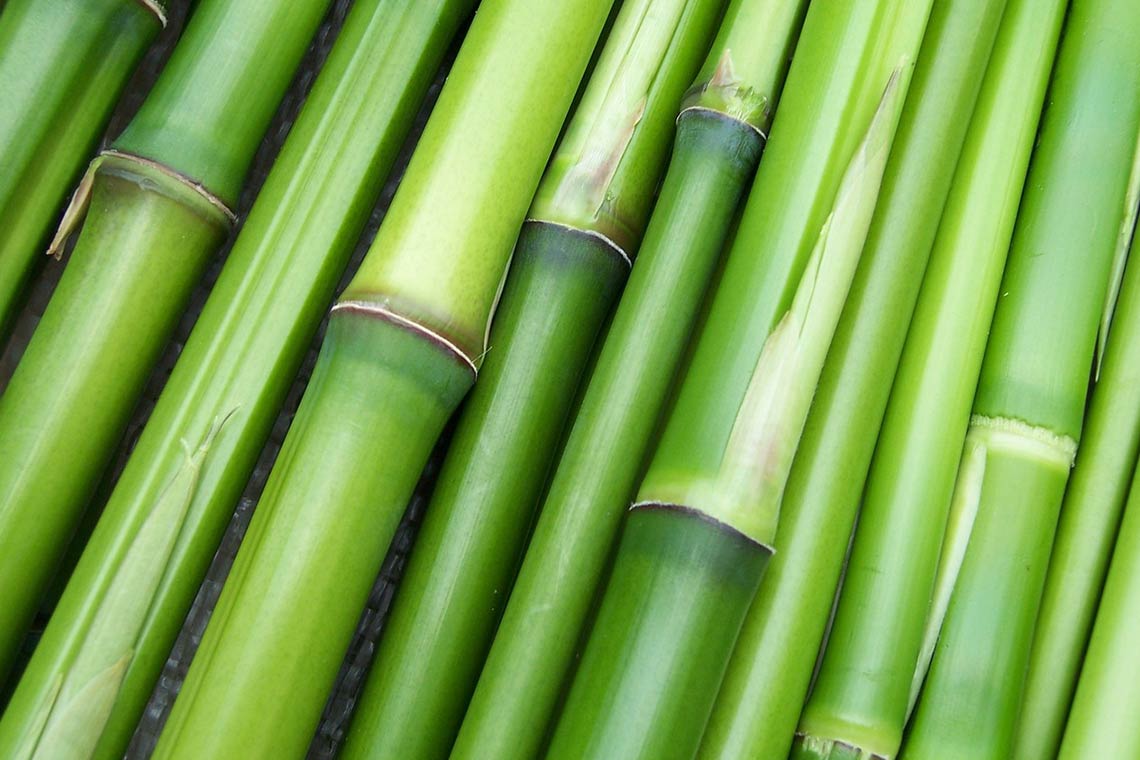Why Asquith of London is Using Bamboo in their Clothing designs?
– Bamboo is better for the environment
– Bamboo gets you drier faster
– Bamboo has temperature control properties
– Bamboo offers an anti-bacterial function
– Bamboo is strong and durable
– The fabric used in bamboo clothing is incredibly soft, smooth and luxuriously comfortable
Bamboo is better for the environment
– Bamboo plays a big part in our ecosystem. It is the fastest growing plant on the planet, mainly because it has extraordinary water absorbency, which helps it to grow fast and produces 35% more oxygen than the same area of trees.
– Bamboo does not need any sprays or chemicals to grow and is ideal for protection against soil erosion. – Bamboo also has the ability to grow in areas of both high and low rainfall.
– Bamboo fibre is 100% biodegradable
– As the fastest growing plant in the world, bamboo grows to its maximum height in about 3 months and reaches maturity in 3-4 years. It spreads rapidly across large areas. Because of this, bamboo is known to improve soil quality in degraded and eroded areas of land.
– As a grass, bamboo is cut, not uprooted, also helping soil stability. Bamboo can also grow on hill slopes where nothing else is viable.
– The yield you get from an acre of bamboo is 10 times greater than the yield you get from cotton. In an age where land use is under enormous pressure, this is huge.
– The water requirement for bamboo is minute, mainly just from what falls. Conversely, the cotton used in your ordinary towels, is an enormously water, pesticide and labour intensive crop.
Bamboo gets you drier faster
– Bamboo is 3-4 times more absorbent than cotton. It ‘wicks’ away moisture from the body, which then evaporates, keeping you – naturally – drier and more comfortable.
Bamboo has temperature control properties
Bamboo is remarkably breathable; it keeps you more comfortable in all temperatures. In the heat, bamboo is naturally cool to the touch. The cross-section of the bamboo fibre is filled with various micro-gaps and micro-holes. It has much better moisture absorption and ventilation. It’s also warm in cold weather, because of the same microstructure; as a base layer, warm air gets trapped next to the skin.
Bamboo offers an anti-bacterial function
– Bamboo is antibacterial, antifungal and anti-static.
In the wild, bamboo thrives naturally without using any pesticides or fertilisers. It is seldom eaten by pests or infected by pathogens. Why? Scientists found that bamboo owns a unique anti-bacteria and bacteriostasis bio-agent named “bamboo kun”. This substance bonds tightly with bamboo cellulose molecules during the normal process of bamboo fibre growth.
Therefore bamboo products are odour resistant, staying fresher for longer, because the fabric – naturally – stops bacteria from spreading. As a result, they’re also healthier and more hygienic.
Bamboo yoga clothing has a natural anti-bacterial function that differs greatly from that of man-made chemical antimicrobial fabrics, which often tend to cause skin problems – bamboo helps to reduce things like body odour and skin irritation.
Bamboo is strong and durable
Bamboo clothing is strong and durable. Repeated tests show that bamboo fibre has a high abrasion-proof capacity and also tenacity. The same bamboo used for scaffolding to build skyscrapers in Hong Kong was always going to be strong!
Q. HOW IS BAMBOO FIBRE MADE?
. The Bamboo is harvested and pulped. The pulp is refined through a process of hydrolysis-alkalization and multi-phase bleaching and is then processed into a fibre and then spun into thread and weaved into cloth.
Q. HOW FAST DOES IT GROW?
. Bamboo is actually a grass and unlike wood it matures in 5 years compared to 60 years for a tree and therefore is putting oxygen back into the atmosphere within weeks of being cut.
Q. DO YOU HAVE TO REPLANT AFTER CUTTING?
. No because Bamboo is self generating growing from the base shoots, so you don’t have to kill it to harvest it unlike trees.
Q. DOES HARVESTING BAMBOO POSE ANY THREAT TO ENDANGERED SPECIES LIKE THE PANDA?
. No because only MOSO (Phyllostachys Pubescens) species are used to produce Bamboo fibre and this comes from the eastern provinces of China on the lower slopes of hill country. Nearly all of the remaining 700-1000 wild Giant Pandas live in the high mountain areas of western China and live well above any possible harvesting areas and are vigorously protected by the Chinese government.
At a microscopic level, bamboo fibre has a round surface. Because of this, it’s very smooth and sits perfectly next to the skin. Petrol based synthetic fibres can sometimes irritate the skin and they also start to smell really quickly. Bamboo does not.
Source: Asquith of London

